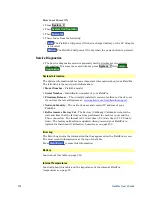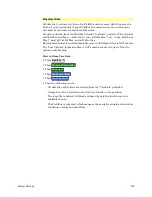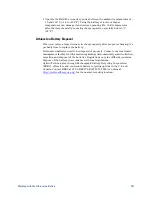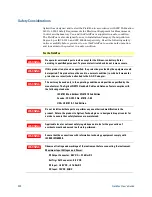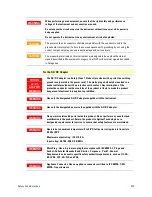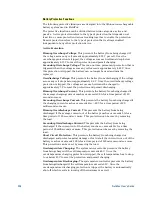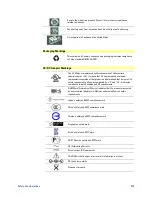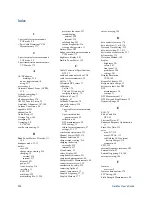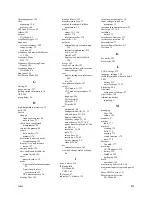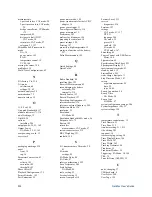
Safety Considerations
227
Passive Protection
Reverse Charging:
A reverse protection diode prevents against damage or lost
data due to a reverse charge polarity applied to the battery terminals.
Primary Overtemperature:
A PTC(positive temperature coefficient) polyfuse in
series between the Li-ion cells and the charging and discharging transistors
will
open up and limit current flow to the battery terminals as a function of very high
temperatures. This protection is resettable once the overstress condition is
removed.
The maximum operating temperature of this fuse is 85C.
Secondary Overtemperature:
A second PTC polyfuse built into each Li-ion cell
will open up and limit current flow as a function of very high temperatures.
Tertiary Overtemperature:
A current interrupt device (CID) within each Li-ion
cell will permanently open up when the temperature reaches 95C. As each cell
fuse is permanently interrupted, overall battery performance will become
severely degraded, up to and including disabling the battery.
Overcurrent Fuse:
This is a one-time blow fuse with a rated current of 12A.
Batteries: Safe Handling and Disposal
To learn how to safely handle and dispose of the FieldFox battery, refer to the
Material Safety Data Sheet for the manufacturer of the battery at:
http://na.tm.agilent.com/fieldfox/help/Reference/MSDS.htm
Environmental Requirements
Refer to the FieldFox Specifications on page 232.
Electrical Requirements
The FieldFox allows you to use either the lithium-ion battery or the AC/DC
adapter - both are included.
Electrostatic Discharge (ESD) Precautions
The FieldFox was constructed in an ESD protected environment. This is because
most of the semiconductor devices used in this instrument are susceptible to
damage by static discharge.
Static charges are generated in numerous ways, such as simple contact,
separation of materials, and normal motions of persons working with the
FieldFox. To prevent instrument damage, practice industry accepted techniques
for handling static sensitive devices when using the FieldFox.
Very often, coaxial cables and antennas also build up a static charge, which, if
allowed to discharge by connecting to the FieldFox, may damage the instrument
input circuitry. To avoid such damage, it is recommended to dissipate any static
charges by temporarily attaching a short to the cable or antenna prior to
attaching to the instrument.


